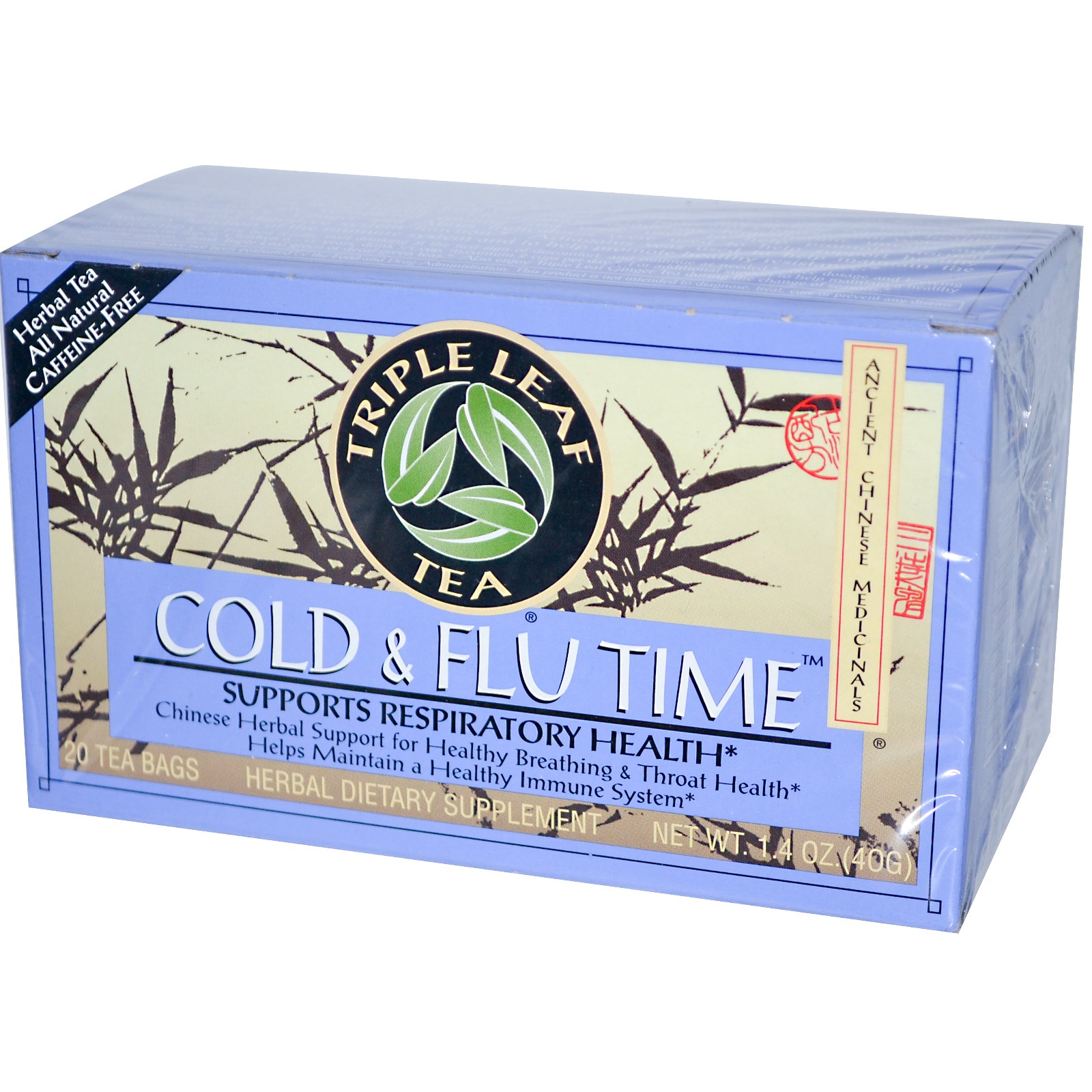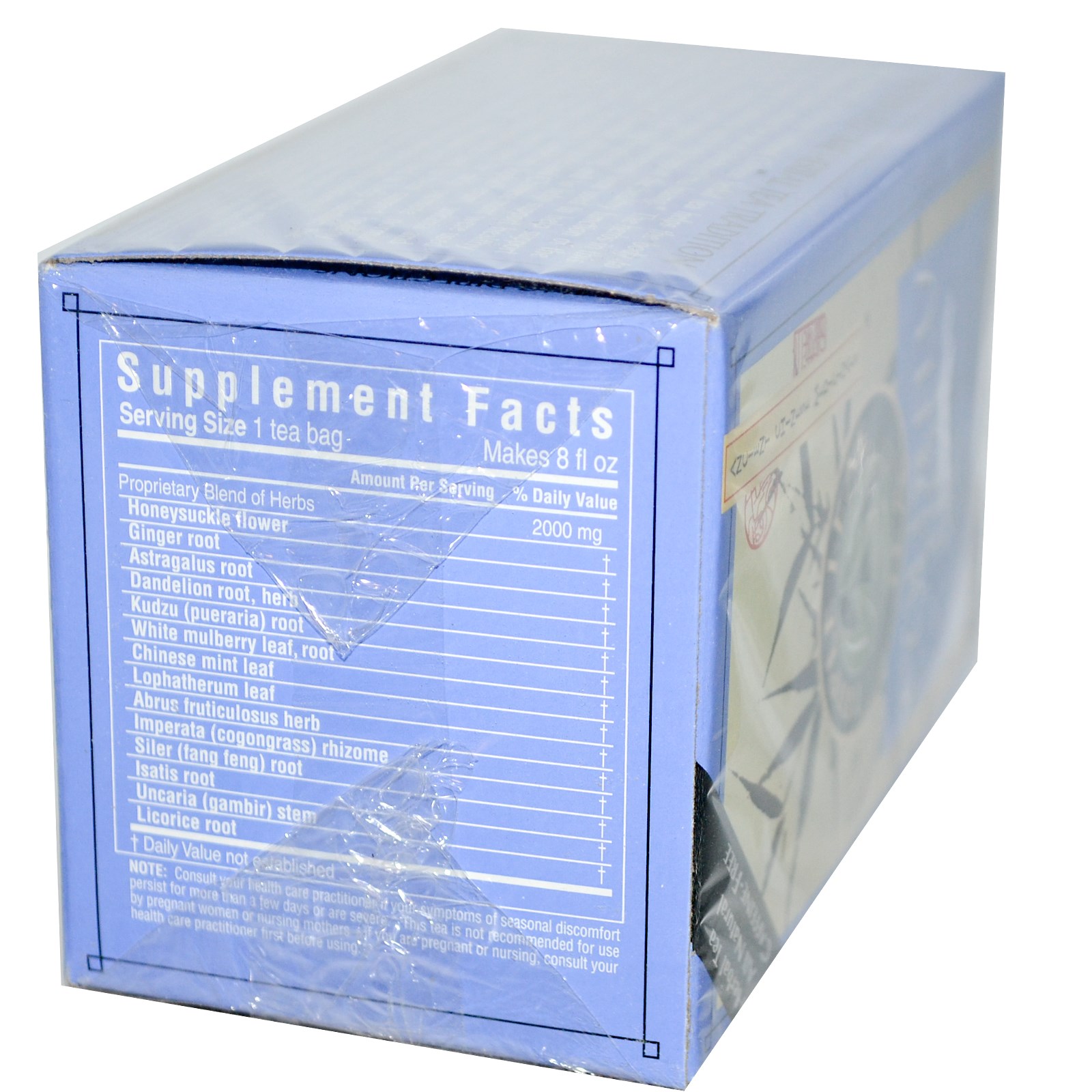| Honeysuckle flower | Used for constipation |
|---|
| Ginger root | Promotes Healthy Digestion Amongst other Health Benefits |
|---|
| Astragalus root | Astragalus root has been used in traditional Chinese medicine for centuries as a restorative tonic; it is considered a sweet, warming herb with effects on many organs. It is used either alone or with other herbs to help with aging, improve energy, and stimulate the immune system during conditions such as the common cold, blood disorders, cancer and HIV/AIDS. It is also used as an adaptogen, which is meant to increase general resistance to stress and disease, and normalize disturbances in your body’s ability to balance itself. |
|---|
| Dandelion root, herb | Many people use dandelion root to detoxify, relieve constipation, soothe an upset stomach, and help shed water weight, among many other health remedies. In fact, tea made from the dandelion’s root or leaves has been used in traditional Chinese and Native American medicine for centuries; now, even Dr. Oz has jumped on board, recommending dandelion tea as part of his 48-hour cleanse to help your liver release toxins while you sleep. |
|---|
| Kudzu (pueraria) root | Today, kudzu is used to treat alcoholism and to reduce symptoms of alcohol hangover, including headache, upset stomach, dizziness, and vomiting. Kudzu is also used for heart and circulatory problems, including high blood pressure, irregular heartbeat, and chest pain; for upper respiratory problems including sinus infections, the common cold, hay fever, flu, and swine flu; and for skin problems, including allergic skin rash, itchiness, and psoriasis. |
|---|
| White mulberry leaf, root | As one of commonly used herbs, it plays an important role in many famous ancient formulas. In short, it is mainly used for lung-heat cough, asthma or wheezing, swollen eyes or face, difficult urination, high blood pressure, diabetes, and so on. |
|---|
| Chinese mint leaf | Mint is a great appetizer or palate cleanser, and it promotes digestion. It also soothes stomachs in cases of indigestion or inflammation. When you feel sick to your stomach, drinking a cup of mint tea can give you relief. Also, if you are someone who travels long distances via plane or boat, the menthol oil derived from mint can be very soothing for nausea and related motion sickness. |
|---|
| Lophatherum leaf | Also known as Herba Lophatheri in Latin, Lophatherum herb means the dried stems and leaves of Lophatherum gracile Brongn., a perennial grass in Poaceae family. Its length is between 25 to 75cm. |
|---|
| Abrus fruticulosus | The roots of Abrus Fruticulosus are used to treat stomach problems. |
|---|
| Imperata (cogongrass) rhizome | Imperata cylindrica, commonly known as cogon grass /koʊˈɡoʊn/, kunai grass /ˈkuːnaɪ/, or blady grass.[1][2] is a species of grass in the genus Imperata. It is placed in the subfamily Panicoideae, supertribe Andropogonodae, tribe Andropogoneae. Red cultivars of the species grown as ornamental plants are known as Japanese bloodgrass.[2] |
|---|
| Siler (fang feng) root | Also known as ledebouriella, siler is a long, cone-shaped plant that reaches a height of 6 to 12 inches, and appears thicker as it enters the ground. |
|---|
| Isatis root | Psoriasis: There is one report that an ointment containing Baikal skullcap plus phellodendron and isatis improved psoriasis in an 8-year-old boy. |
|---|
| Uncaria (gambir) stem | Uncaria is a genus of flowering plants in the family Rubiaceae. It has about 40 species.[1] Their distribution is pantropical, with most species native to tropical Asia, three from Africa and the Mediterranean and two from the neotropics.[2] They are known colloquially as gambier, cat's claw or uña de gato. The latter two names are shared with several other plants. The type species for the genus is Uncaria guianensis.[3] |
|---|
| Licorice root | The chemicals contained in licorice are thought to decrease swelling, thin mucus secretions, decrease cough, and increase the chemicals in our body that heal ulcers. |
|---|




Reviews
There are no reviews yet.